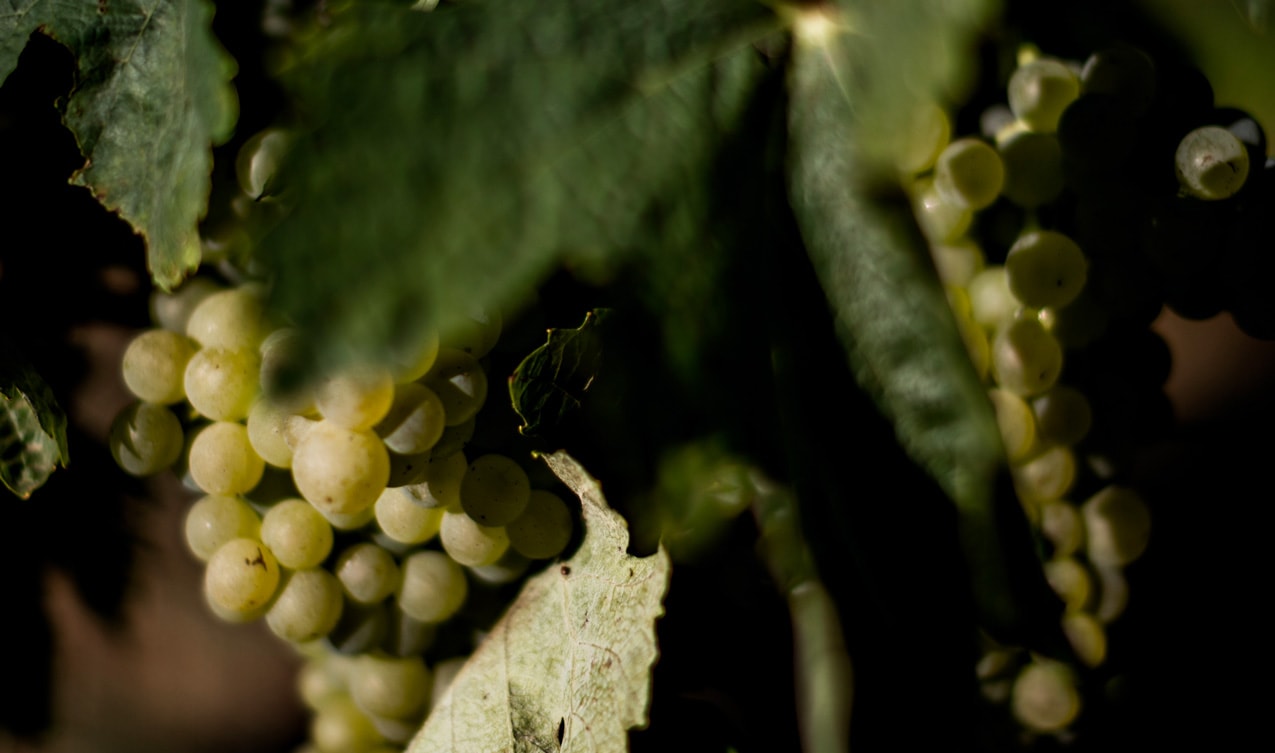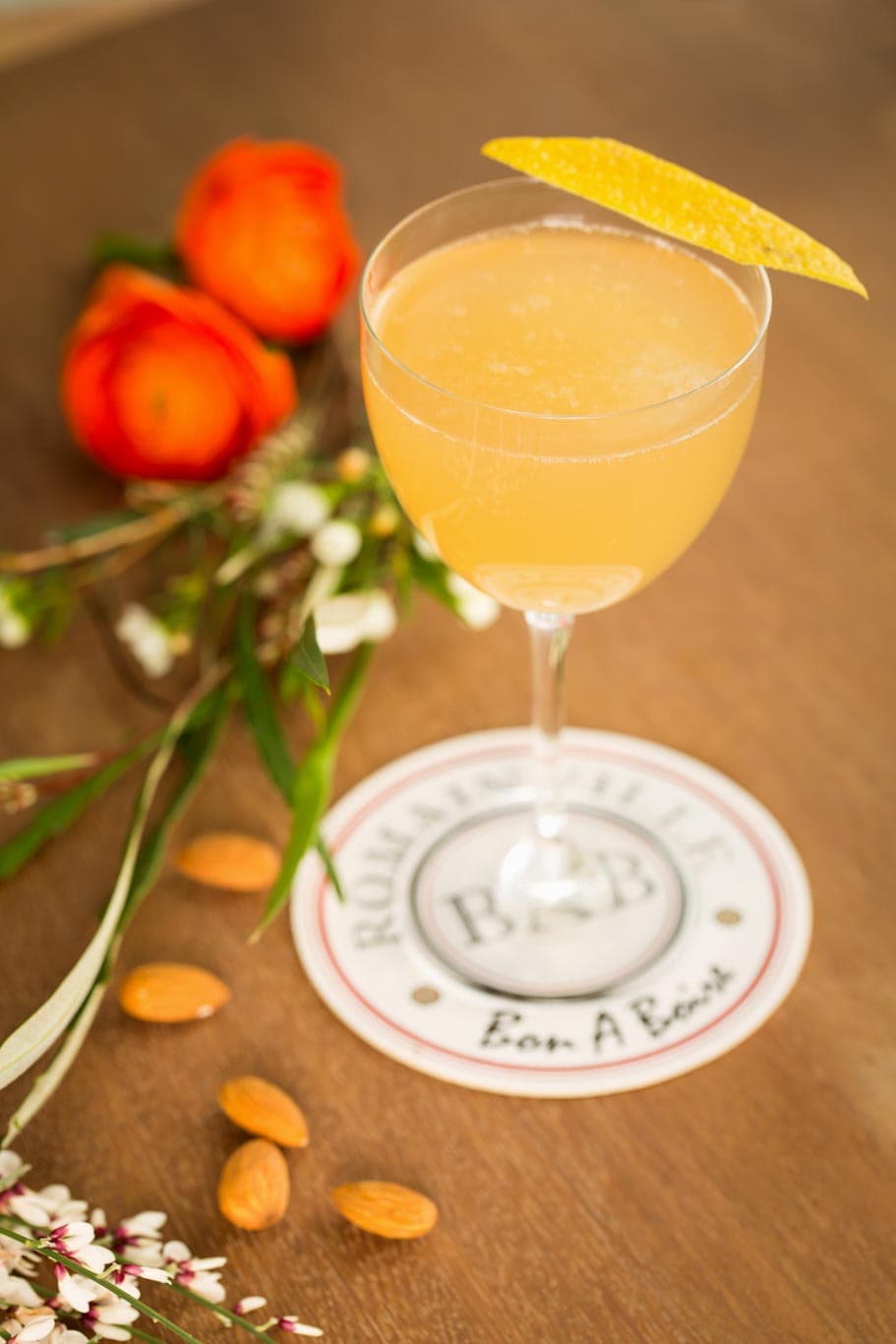
The cognac vineyard: Cognac grape varieties
Photo: Copyright ©BNIC
From Ugni Blanc to Colombard to Folle Blanche, Montils, Sémillon and Folignan, Cognac is made from white grapes low in sugars and with high acidity to meet the criteria of the Charentais distillation.
Cognac is made with grapes from the largest white wine region in France. Over 76,000 hectares of vines from several white wine varieties are spread out over the 6 “crus” or areas of the Cognac geographical indication. The choice of grape varieties is strictly regulated in the Cognac specifications.
UGNI BLANC
The quintessential. Present in over 98% of vineyards in the Cognac geographical indication, this medium-sized, thin-skinned, round grape variety actually originates from Tuscany, Italy.
Planted in France especially for its relative resistance to certain diseases (including grey rot), Ugni Blanc presents numerous advantages for producers.
This widely produced grape variety has high acidity and low sugar levels, resulting in a low-alcohol wine (8 to 9% vol.). Very high acidity is a key advantage, ensuring good natural aging potential. Ugni Blanc’s relatively neutral, well-balanced profile makes it an ideal grape variety for high-quality wine spirits. After distillation, it produces delicate, floral wine spirits with good aging potential while blending with other, more aromatic varieties contributes volume and finesse.
FOLLE BLANCHE
Known as the survivor. Folle blanche has been used to make smooth Cognac for centuries. This traditionally dominant grape variety was, unfortunately, one of the primary victims of the phylloxera crisis. More sensitive to disease once it has been grafted, it is no longer the leading grape variety. Representing less than 1% of vines planted, this white grape variety produces low-alcohol wines. It nevertheless remains a unique grape variety, producing well-balanced wine spirits with powerful aromas, released by distillation.
COLOMBARD
The illustrious Colombard is one of the oldest surviving grape varieties in the Charente, originally produced there as a cross between Gouais and Chenin. With similar ripening potential to Ugni Blanc, it also features high acidity and low sugar levels. It is usually blended with other grape varieties and appreciated for its powerful aromatic potential, as well as, like Ugni Blanc, its high acidity.
MONTILS
The local grape variety Montils is primarily grown in the Charentes region for making Pineau des Charentes. Despite displaying similar properties, Montils ripens earlier and has lower acidity compared to Ugni Blanc. While Montils produces high-quality spirits, production remains limited.
FOLIGNAN
The up-and-coming grape variety. The result of a recent cross between Ugni Blanc and Folle Blanche selected by the BNIC Viticulture Unit, this new grape variety features rich aromas but is prone to early ripening and is less resistant than Ugni Blanc. Folignan produces distilled wine spirits with strong floral aromas, such as rose and lilac. It was officially incorporated into the appellation decree in 2005, with an authorized limit of 10%.
Key points to remember:
- Ugni Blanc is the most widely-planted grape variety, accounting for 98% of vines in Cognac.
- The grape varieties used to produce wine spirits entitled to the Cognac Protected Designation of Origin (PDO) are listed in the official specifications.
Source: Cognac.fr
Don’t drink and drive. Enjoy responsibly.
Cognac
Discover all the news, facts and infos about Cognac all around the world thanks to Spirits Hunters’ expertise and blogging.
See all posts in this category. Join the community on Reddit
Join the community on Reddit
Spirits Hunters is a community dedicated to spirits and the world of mixology. Feel free to talk about the world of mixology and bartending here!
Join





